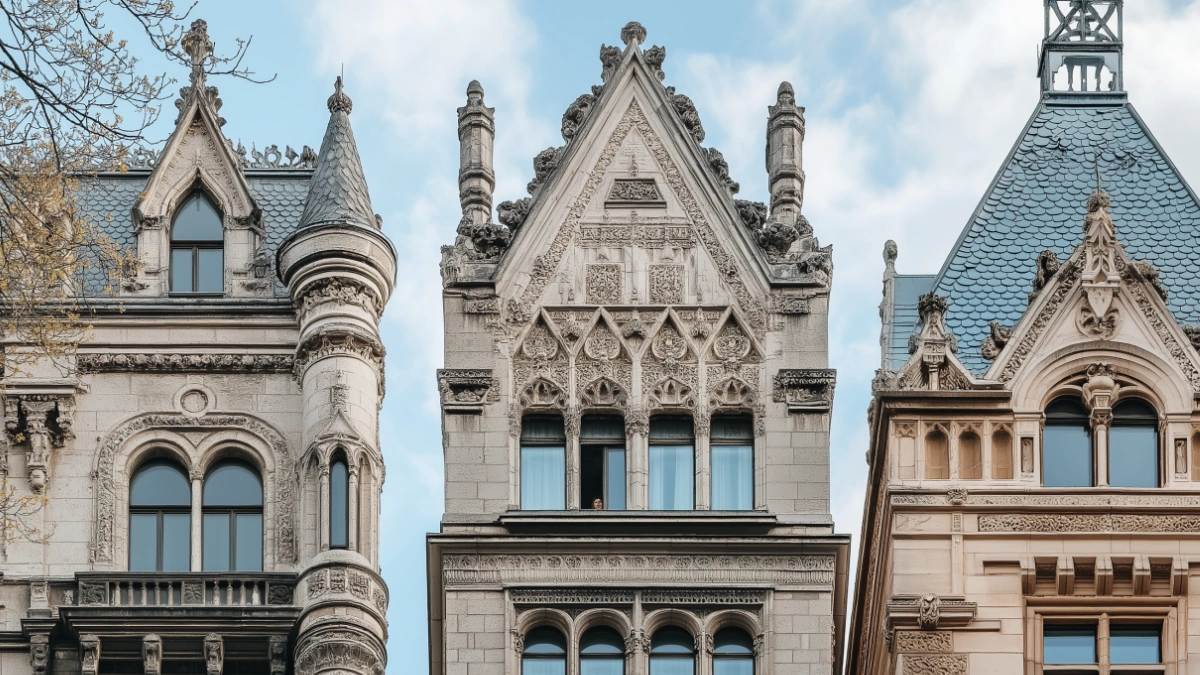Sagrada Familia: Exploring Gaudí’s Iconic Masterpiece in Barcelona
Table of Contents
Few landmarks capture the soul of a city quite like the Sagrada Familia does for Barcelona. Towering over the city’s skyline, this basilica isn’t just an architectural marvel—it’s a living testament to creativity, devotion, and vision. Designed by Antoni Gaudí, the Sagrada Familia has been under construction for over 140 years and still continues to evolve with time, merging Gothic inspiration and surreal modernism like no other structure on earth.
Why does this site attract millions every year? Because it offers more than aesthetics—it evokes wonder. Every detail of the Sagrada Familia is intentional, from its intricate facades to its luminous interior. Whether you’re a history buff, architecture enthusiast, or simply someone in awe of beauty, exploring this site offers a profound and inspiring experience.
In this guide, we’ll journey through Gaudí’s vision, explore the unique architectural symbolism, and share practical travel tips for visiting. From lesser-known facts to the best times to photograph its facades, this article is your all-access pass to one of the most iconic sites in the world of city explorations.
The Vision Behind the Sagrada Familia
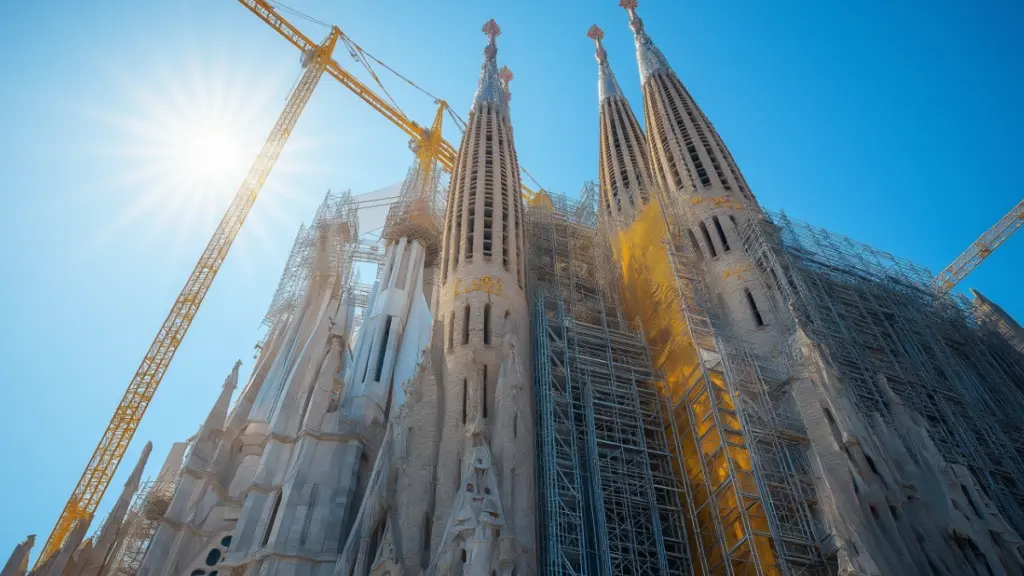
Antoni Gaudí took over the Sagrada Familia project in 1883, transforming it from a modest neo-Gothic church into a masterpiece of architectural innovation. What makes this landmark extraordinary isn’t just its design, but the story it tells through every curve, spire, and shadow.
Gaudí was deeply inspired by nature and infused organic forms into the church’s structure. Instead of straight lines, he used curves and parabolic arches to mimic the natural world—tree branches, caves, and spiraling shells all appear in subtle ways throughout the basilica. His ultimate goal? To build a church that felt divinely connected to creation itself.
Table – Core Concepts of Gaudí’s Vision
| Element | Symbolic Meaning |
|---|---|
| Verticality | Reaching toward the heavens, reflecting spiritual ascent |
| Natural Forms | Nature as God’s design; visible in columns and details |
| Light & Color | Use of stained glass to evoke emotional response |
| Continuous Construction | An ever-evolving structure, like life and faith |
The Symbolism Behind Each Facade
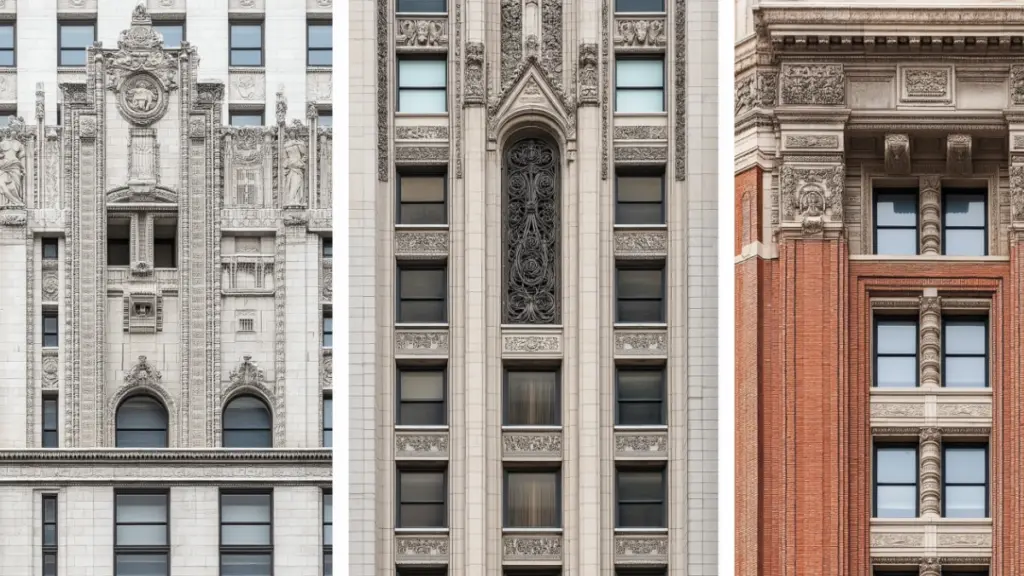
The Sagrada Familia has three grand facades: the Nativity, the Passion, and the Glory. Each tells a different part of the Christian narrative, and Gaudí treated them with distinct artistic styles to reflect their respective emotional tones.
The Nativity Facade, completed during Gaudí’s lifetime, celebrates the birth of Christ with joyous detail—lush with flora, angels, and animals. In stark contrast, the Passion Facade presents the suffering of Christ in sharp, geometric lines, symbolizing pain and sacrifice. The Glory Facade, still under construction, will represent the final path to God and the promise of eternal life.
Table – The Three Facades of Sagrada Familia
| Facade | Theme | Architectural Style |
|---|---|---|
| Nativity | Birth and joy | Ornate, nature-inspired |
| Passion | Suffering and death | Stark, angular, emotionally intense |
| Glory | Resurrection and eternity | Monumental, spiritual, unfinished |
Inside the Basilica: A Forest of Light and Structure
Stepping into the Sagrada Familia is like entering an otherworldly forest. Gaudí designed the interior columns to mimic branching trees, creating a canopy-like ceiling that bathes visitors in multicolored light filtered through stained-glass windows.
This space is both structural and spiritual. Gaudí’s brilliant use of light transforms the basilica throughout the day—from golden morning hues to deep blues and reds in the late afternoon. The design avoids traditional dark Gothic interiors, instead embracing light as a divine element.
Table – Interior Highlights and Their Meanings
| Feature | Symbolism or Purpose |
|---|---|
| Tree-like Columns | Unity of structure and nature |
| Stained Glass Windows | Light as spiritual energy |
| Vaulted Ceiling | Mimics forest canopy, draws eyes upward |
| Minimal Ornamentation | Focus on divine architecture, not decoration |
Tips for Visiting the Sagrada Familia
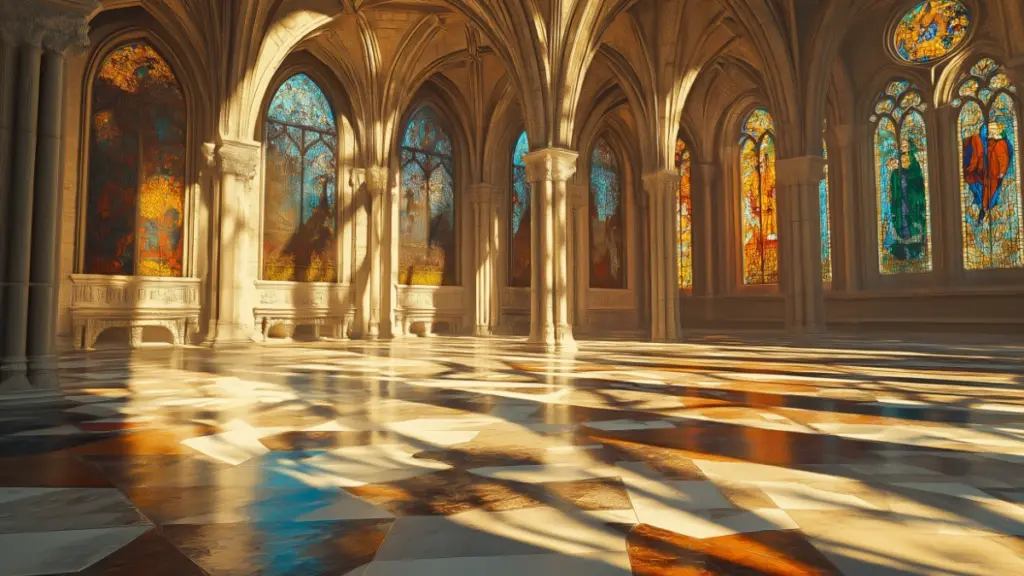
While the Sagrada Familia is awe-inspiring, navigating its popularity takes a bit of planning. Peak times (midday and weekends) can be crowded, so early morning or late afternoon visits offer a quieter, more intimate experience. Purchasing tickets online in advance is highly recommended to skip the long queues.
Visitors can choose between general admission, audio tours, or guided group tours. For the most immersive experience, consider adding tower access—especially the Nativity Tower, which offers sweeping views over Barcelona.
Table – Quick Guide to Visiting
| Tip | Recommendation |
|---|---|
| Best Time to Visit | Morning (before 10am) or late afternoon (after 4pm) |
| Ticket Type | Audio guide + tower access for full experience |
| Duration of Visit | 1.5 to 2.5 hours |
| Photography Tip | Golden hour for exterior shots, mid-morning for interiors |
Gaudí’s Architectural Legacy in Barcelona
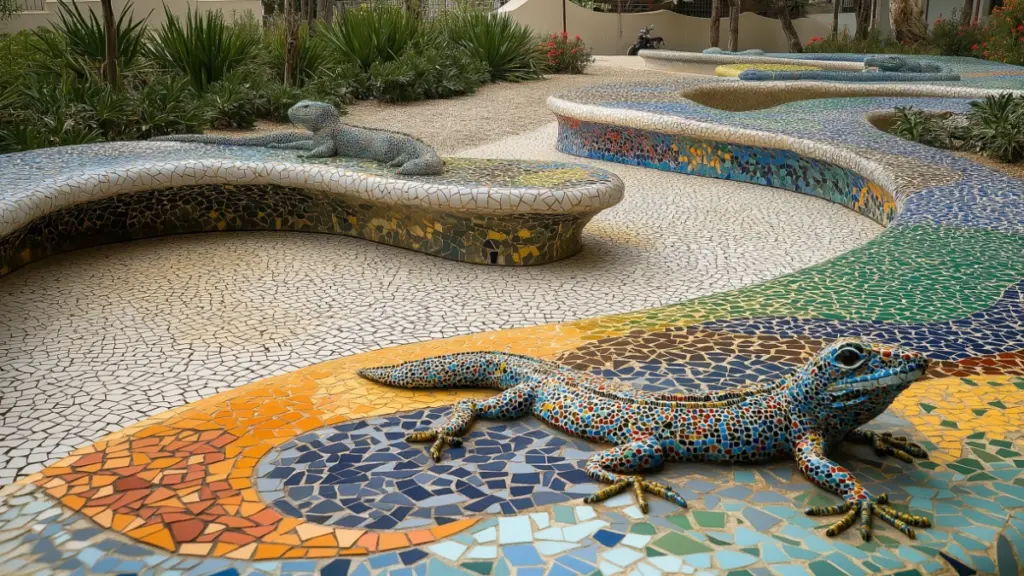
The Sagrada Familia may be Gaudí’s crown jewel, but it’s only one piece of the visionary’s architectural footprint across Barcelona. To truly understand Gaudí’s impact, you need to explore his other works which embody the same organic style, imaginative structure, and symbolic depth.
Park Güell, another UNESCO World Heritage site, feels like a whimsical garden from a fairytale. Winding mosaic benches, vibrant lizard sculptures, and panoramic views of the city showcase Gaudí’s playful side. Meanwhile, Casa Batlló and Casa Milà (La Pedrera), both situated along Passeig de Gràcia, reinterpret the idea of home and façade in fluid, undulating shapes.
Together, these structures form a walkable trail of inspiration that reveals Gaudí’s progression from traditional to radical—and his increasing focus on integrating function with form and faith.
Table – Gaudí Sites to Visit in Barcelona
| Site | Key Feature | Proximity to Sagrada Familia |
|---|---|---|
| Park Güell | Colorful mosaics, panoramic city views | 15-minute taxi |
| Casa Batlló | Ocean-inspired façade, bone-like balconies | 10-minute metro |
| Casa Milà (La Pedrera) | Wave-shaped stone exterior, rooftop sculptures | 12-minute metro |
| Palau Güell | Early Gothic-meets-modernist design | Near La Rambla |
Visiting these spaces deepens your appreciation of how the Sagrada Familia fits into Gaudí’s broader vision—a city reshaped by architecture as art.
Construction Through the Centuries
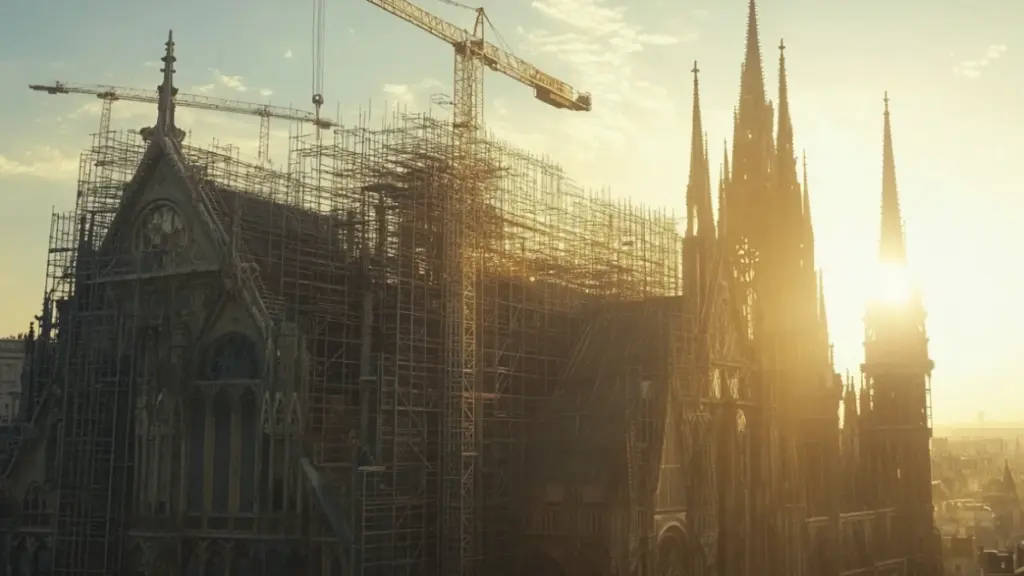
One of the most astonishing facts about the Sagrada Familia is that it remains under construction—nearly 150 years after the first stone was laid. But this isn’t due to oversight or neglect. It’s part of Gaudí’s grand vision and a reflection of its symbolic intention: that human creativity and devotion are ongoing processes.
Gaudí was well aware he would not live to see its completion. In fact, he once remarked, “My client is not in a hurry,” referencing God. Since his death in 1926, the project has passed through generations of architects, each striving to remain faithful to Gaudí’s detailed models and concepts—many of which were damaged during the Spanish Civil War.
Modern construction techniques, including 3D modeling and laser scanning, have accelerated the timeline in recent years. The team behind the basilica now aims to complete the work by 2030–2035, aligning with the centenary of Gaudí’s passing. Despite debate and criticism from some preservationists, the ongoing construction adds to the living, breathing nature of this iconic monument.
Table – Milestones in the Sagrada Familia’s Construction
| Year | Event |
|---|---|
| 1882 | Original groundbreaking (under architect Villar) |
| 1883 | Gaudí takes over and reimagines the entire project |
| 1926 | Gaudí dies; only Nativity Facade is complete |
| 2010 | Pope Benedict consecrates the basilica |
| 2030–2035 (est.) | Targeted completion of main towers and facades |
Conclusion
The Sagrada Familia is more than a building—it’s an evolving masterpiece that tells a story of faith, time, and artistic genius. Every stone laid is part of a dialogue between the past and the future, the earthly and the divine. As you walk through its towering columns and colorful light, you’re not just exploring a landmark—you’re witnessing a vision still unfolding.
Gaudí’s legacy lives in every corner of the basilica and across the streets of Barcelona. To explore the Sagrada Familia is to step into a world where imagination defies gravity and where architecture becomes an act of devotion.

